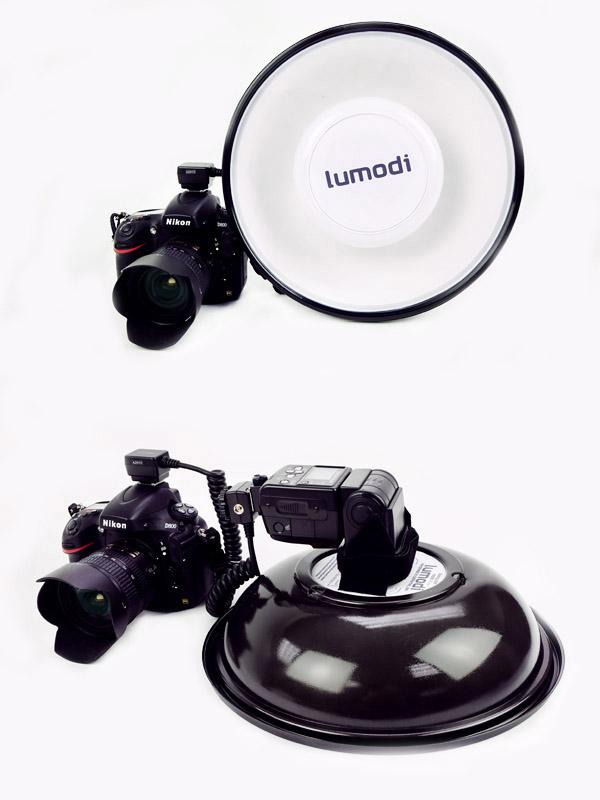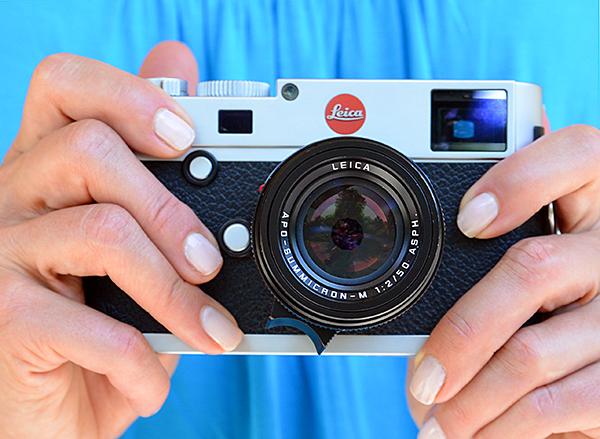Jon Sienkiewicz
|
Aug 29, 2014
|
Aug 22, 2014
|
Aug 14, 2014
|
Aug 07, 2014 |
First Published: Aug 08, 2014
|
Aug 01, 2014
|
Jul 27, 2014
|
Jul 11, 2014
|
Jun 25, 2014
|
Jun 19, 2014
|
Jun 05, 2014 |
First Published: Apr 01, 2014











